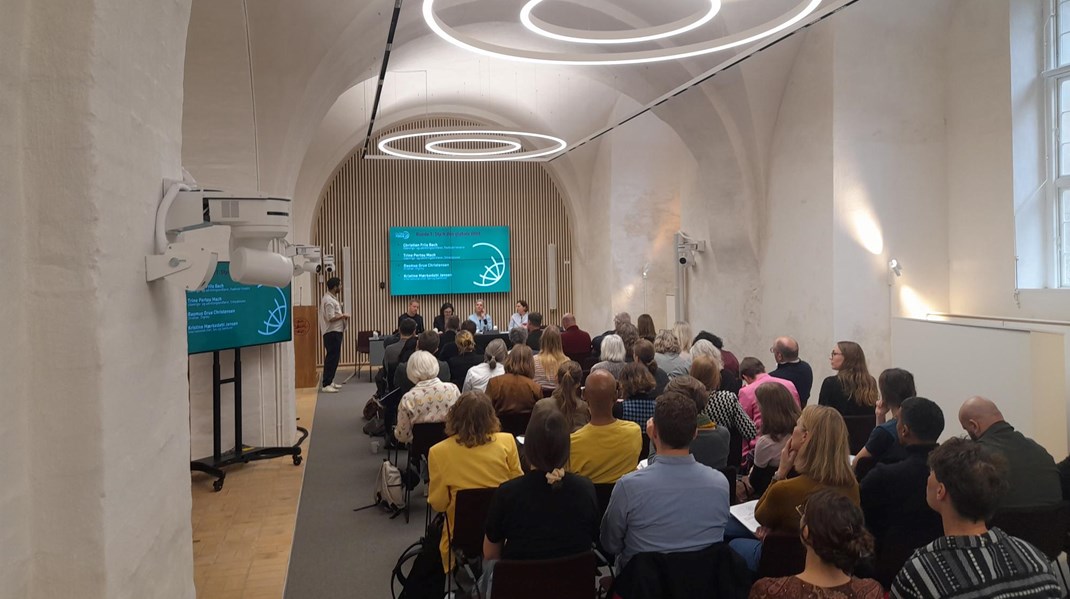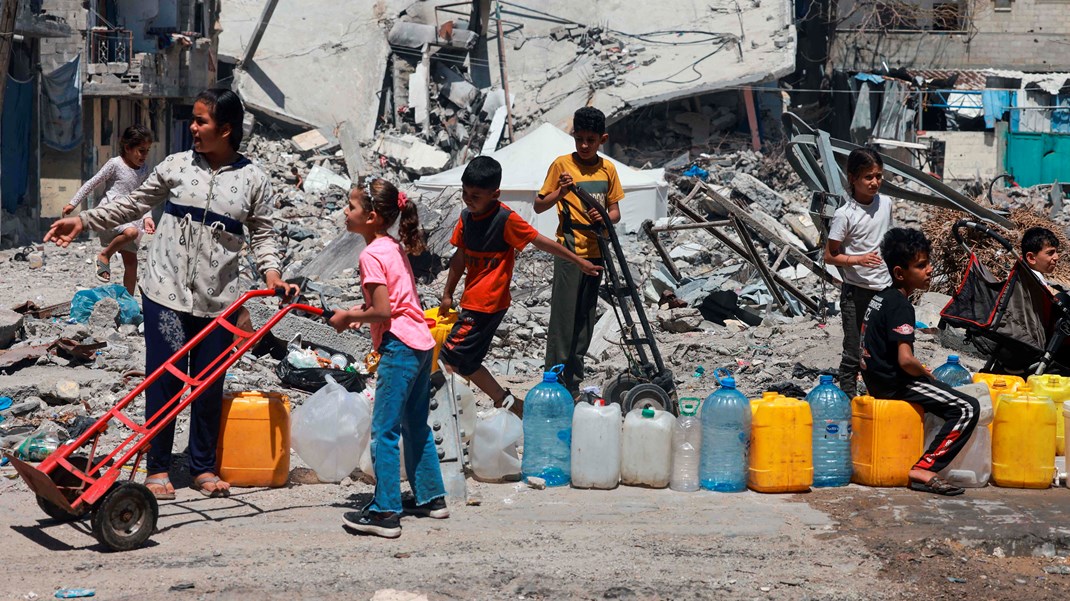At least 170,000 people affected by floods in three worst-hit areas of Congo
HIGHLIGHTS
• Since October 2019, heavy rains have affected at least 170,000 people in the three most affected departments alone, including 30,000 Central African and Congolese refugees.
• Flooding caused by the overflow of the Oubangui and Congo rivers has damaged infrastructure and impeded access to food, water, education and health care.
• Homes, schools and health centres in affected areas are flooded and only accessible by boat.
• Priority needs are water, sanitation, shelter, food and essential non-food items.
• The government declared a state of natural disaster and humanitarian emergency in Likouala, Cuvette and Plateaux departments on 19 November 2019.
• More information and assessments are required to confirm figures and the most acute needs as well as prioritise the response.
SITUATION OVERVIEW
Since the beginning of October 2019, torrential rains have affected eight out of twelve departments (Likouala, Cuvette, Plateaux, Sengha, Kouilou, Niari, Brazzaville and Pointe-Noire) according to the Ministry of Social Affairs, Humanitarian Action and Solidarity.
In the north of the country, rains have caused the Oubangui and Congo rivers to overflow, where the most vulnerable populations live (departments of Likouala, Cuvette, Plateaux). Hundreds of villages along the river have been affected, many of which are completely submerged by water.
The United Nations estimates that approximately 170,000 people are affected in Likouala, Cuvette and Plateaux. Homes, schools and health centres in the affected areas are flooded and only accessible by boat. Most water points and sanitation facilities are no longer functioning. Affected communities do not have access to safe drinking water, and hygiene and sanitation products are scarce, exacerbating the risks of contamination and epidemics caused by water and mosquitoes (typhoid, cholera, malaria).
The floods destroyed or damaged many houses in affected areas and most families sleep outside. These people need emergency shelter, insulation and essential non-food items (jerry cans, treated mosquito nets, mats, etc.).
Significant crop and livestock losses have also been reported. Half of the crop areas are flooded, and unharvested production destroyed, including cassava fields, a staple food. The next harvest will not take place until the last quarter of 2020. Losses are also significant in the breeding and fishing sectors. Food reserves are already quickly running out.
The toll could increase in the coming days, as more information is received and verified in the affected areas. Further damage is also expected as the rains continue, and the forecast still indicates heavy rains in the coming weeks.


